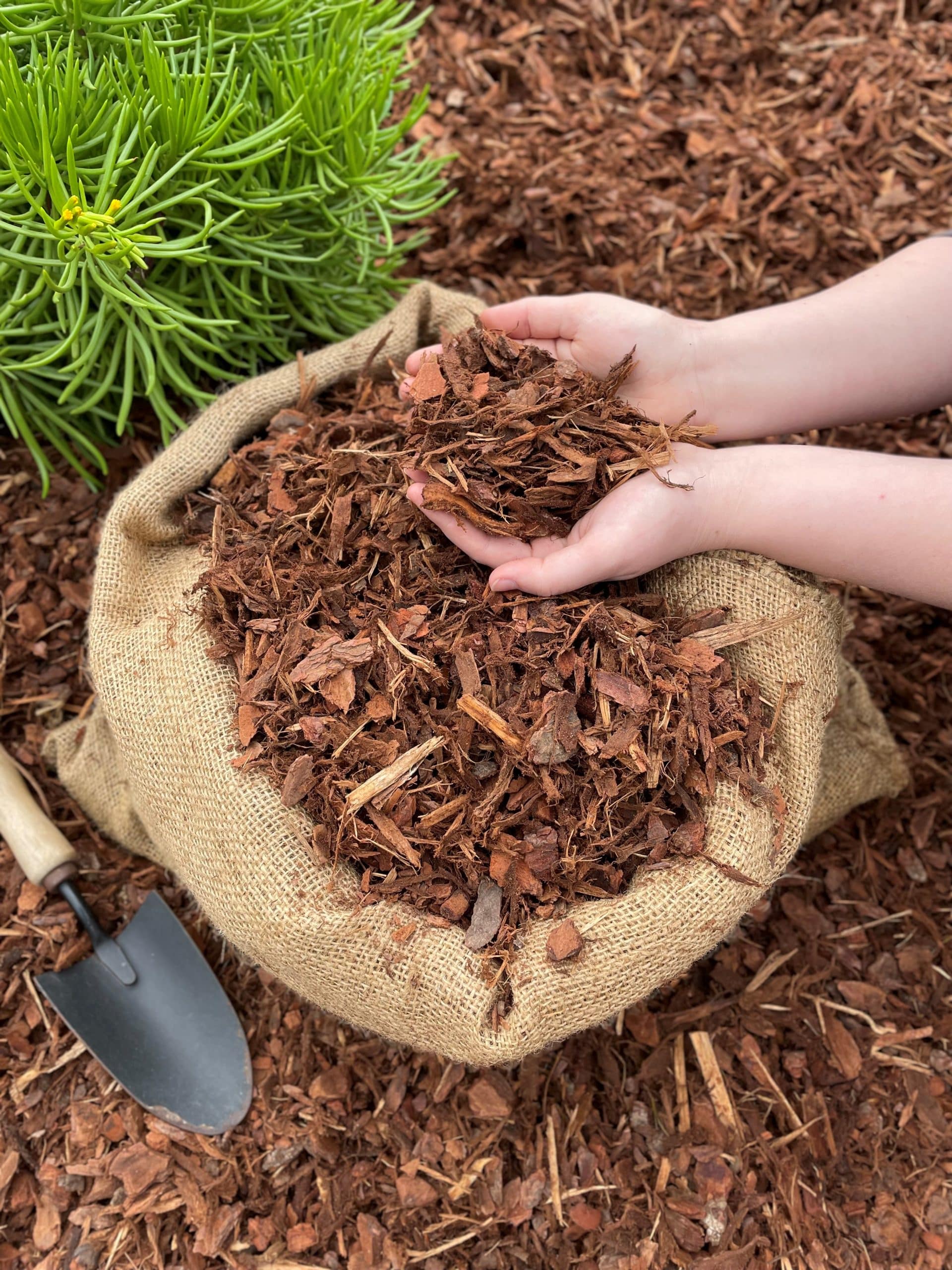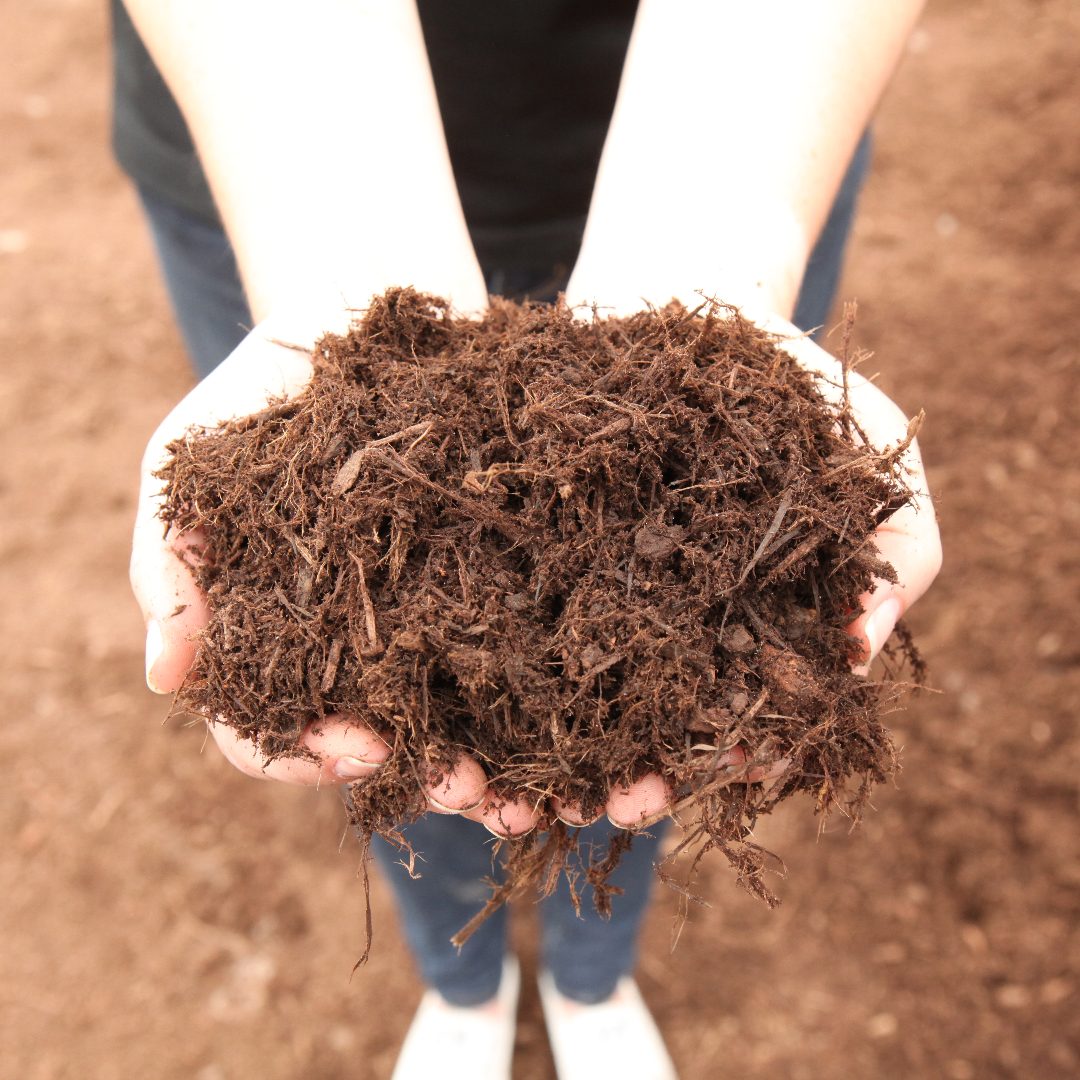Types Of Bark Mulch For Landscaping
Types of Bark Mulch for Landscaping
Mulch is a layer of organic material that is spread around plants to help improve the health and appearance of your landscape. It can suppress weeds, conserve moisture, and improve soil aeration. Bark mulch is a popular type of mulch because it is attractive, long-lasting, and relatively easy to find.
There are many different types of bark mulch available, each with its own unique properties. Some of the most common types of bark mulch include:
- Pine bark mulch: This is one of the most popular types of bark mulch. It is relatively inexpensive and easy to find. Pine bark mulch is a good choice for most plants, but it can be acidic, so it is not ideal for plants that prefer alkaline soil.

- Cedar bark mulch: Cedar bark mulch is another popular option. It has a pleasant cedar scent that can help repel insects and pests. Cedar bark mulch is also rot-resistant, so it can last for several years.

- Hemlock bark mulch: Hemlock bark mulch is a good choice for areas with heavy rainfall. It is more resistant to water than other types of bark mulch, so it is less likely to wash away. Hemlock bark mulch also has a rich, dark color that can add visual interest to your landscape.
- Spruce bark mulch: Spruce bark mulch is similar to pine bark mulch in terms of its properties. It is relatively inexpensive and easy to find. Spruce bark mulch is a good choice for most plants, but it can be acidic, so it is not ideal for plants that prefer alkaline soil.

- Hardwood bark mulch: Hardwood bark mulch is made from the bark of trees such as oak, maple, and ash. It is a more expensive type of mulch than pine or cedar bark mulch, but it is also more durable and long-lasting. Hardwood bark mulch can last for several years, and it is a good choice for areas with high foot traffic.

When choosing a bark mulch for your landscape, it is important to consider the following factors:
- The type of plants you are growing: Some plants prefer acidic soil, while others prefer alkaline soil. Make sure to choose a bark mulch that is compatible with the pH requirements of your plants.
- The climate in your area: If you live in an area with heavy rainfall, you will need to choose a bark mulch that is resistant to water. If you live in an area with hot, dry summers, you will need to choose a bark mulch that helps retain moisture.
- The amount of foot traffic in the area: If you have a high-traffic area, you will need to choose a bark mulch that is durable and long-lasting.
- Your budget: Bark mulch can range in price from a few dollars to several dollars per cubic yard. Choose a bark mulch that fits your budget and your needs.
Once you have chosen a bark mulch, you will need to spread it around your plants. The depth of the mulch layer should be about 2-3 inches. Be sure to keep the mulch away from the trunks of trees and shrubs.
Bark mulch is a great way to improve the health and appearance of your landscape. It is easy to use and maintain, and it can last for several years. With so many different types of bark mulch available, you are sure to find the perfect one for your needs.
Are you looking for the perfect type of bark mulch for your landscaping project? There are many different types of bark mulch available, each with its own unique benefits. Some of the most popular types of bark mulch include:
- Pine bark mulch: Pine bark mulch is a good all-purpose mulch that is relatively inexpensive. It is also relatively easy to find. Pine bark mulch is a good choice for flower beds, vegetable gardens, and around trees and shrubs.
- Hemlock bark mulch: Hemlock bark mulch is a more expensive type of mulch, but it is also more attractive and longer-lasting. Hemlock bark mulch is a good choice for areas where you want to add a touch of class to your landscaping.
- Cedar bark mulch: Cedar bark mulch is known for its insect-repelling properties. It is a good choice for areas where you have problems with pests, such as mosquitoes or ants. Cedar bark mulch is also a good choice for areas where you want to keep your plants healthy, as it contains natural antifungal and antibacterial properties.
No matter what type of bark mulch you choose, it is important to apply it correctly. Bark mulch should be applied in a layer that is 2-3 inches thick. This will help to suppress weeds, retain moisture, and improve the appearance of your landscaping.
To learn more about the different types of bark mulch available and how to apply them correctly, visit Garden Wiki.
FAQ of types of bark for landscaping
- What are the different types of bark mulch?
There are many different types of bark mulch available, each with its own unique properties. Some of the most common types include:
* Pine bark mulch: This is the most common type of bark mulch. It is relatively inexpensive and easy to find. Pine bark mulch is a good choice for most landscaping applications.
* Cedar bark mulch: Cedar bark mulch has a natural insect-repelling property, making it a good choice for gardens with fruit trees or vegetables. It is also a good choice for areas where you want to discourage mosquitoes.
* Cypress mulch: Cypress mulch is similar to pine bark mulch, but it is darker in color and has a slightly finer texture. It is a good choice for gardens with a formal appearance.
* Redwood mulch: Redwood mulch is a durable and long-lasting type of bark mulch. It is a good choice for areas with heavy foot traffic.
* Eucalyptus mulch: Eucalyptus mulch has a strong, citrusy scent that some people find appealing. It is also a good choice for areas with sandy soil, as it helps to improve drainage.
- What are the benefits of using bark mulch?
Bark mulch offers a number of benefits for landscaping, including:
* Helps to suppress weeds: Bark mulch creates a physical barrier that prevents weeds from germinating.
* Retains moisture: Bark mulch helps to keep the soil moist, which is important for plant health.
* Improves soil drainage: Bark mulch helps to improve drainage by breaking up compacted soil and allowing water to seep through more easily.
* Adds nutrients to the soil: As bark mulch decomposes, it releases nutrients into the soil, which can help to improve plant growth.
* Attracts beneficial insects: Bark mulch provides a habitat for beneficial insects, such as earthworms and ladybugs, which can help to control pests.
- How much bark mulch do I need?
The amount of bark mulch you need will depend on the size of the area you are mulching. A general rule of thumb is to apply 2-3 inches of bark mulch around plants. For larger areas, you may need to apply more bark mulch.
- How often do I need to reapply bark mulch?
The frequency with which you need to reapply bark mulch will depend on a number of factors, including the type of bark mulch you use, the climate you live in, and how much foot traffic the area receives. In general, you should reapply bark mulch every 1-2 years.
- What are some of the drawbacks of using bark mulch?
Bark mulch does have a few drawbacks, including:
* It can attract rodents: Bark mulch can attract rodents, such as mice and rats.
* It can harbor pests: Bark mulch can harbor pests, such as slugs and snails.
* It can stain concrete: Bark mulch can stain concrete if it is not applied properly.
* It can blow away: Bark mulch can blow away in windy conditions.
Post a Comment for " Types Of Bark Mulch For Landscaping"